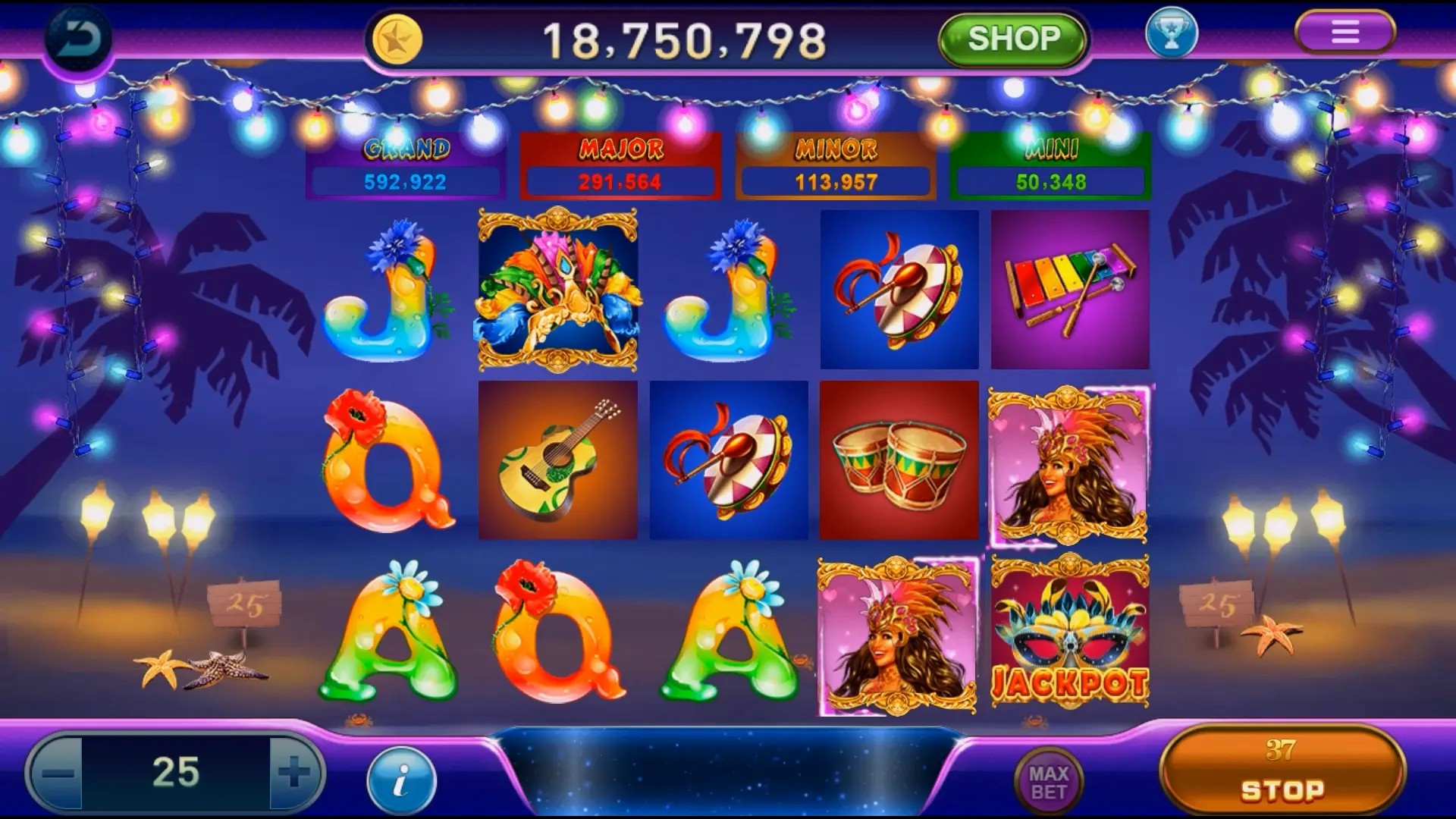标题:游戏与创意思维的融合,从 Idle 到创新
| 主题分类 | Creative Games 平台指南 |
| 推荐内容: | 如何从零构建创意玩法:点我查看攻略 知名开发商访谈:大土豆团队如何做独立开发 |
Tapping away with no clear goal—sounds mundane at first. Yet, in recent years, idle games have quietly taken over the indie dev scene and even sparked a new genre renaissance driven not just by gameplay loops, but something deeper: CREATIVE thinking.
- From repetitive loops to storytelling engines
- Why developers like Big.Potato Game Studios are thriving with idle innovation
- Examples from Tears of the Kingdom’s Gerudo Light Puzzle mechanic—a quiet inspiration
Pulling Creativity From Routine Play Loops
 It's often believed that idle games can’t offer rich creative layers, especially when you compare them to high-end triple-A releases or story-driven indies like Hades. But look again. What makes these titles stick is not always the passive grind—it’s how studios layer artistry into the loop. Think of titles from Big.Potato Games—you might recall Cookie Clicker-inspired interfaces, yes, but more crucially—the quirky twists. Whether its narrative side-quests popping between taps or UI animations breaking immersion in an ironically charming way... there’s a clever undercurrent. The trick? Make users *feel* their absence, even when doing nothing.
It's often believed that idle games can’t offer rich creative layers, especially when you compare them to high-end triple-A releases or story-driven indies like Hades. But look again. What makes these titles stick is not always the passive grind—it’s how studios layer artistry into the loop. Think of titles from Big.Potato Games—you might recall Cookie Clicker-inspired interfaces, yes, but more crucially—the quirky twists. Whether its narrative side-quests popping between taps or UI animations breaking immersion in an ironically charming way... there’s a clever undercurrent. The trick? Make users *feel* their absence, even when doing nothing.
Familiar Yet Different Designs
Let’s consider why idle isn't just “click here." Take one of the top hits in Kenya recently—**A Farmer’s Daily** (a localized idle economy sim made by a Nairobi-based group). At surface level, it mimicked classic templates. Click to plant seeds, watch your fields grow. But here comes the clever twist...We’re seeing developers push for what I’ll call micro-engagements—tiny decisions between clicks that change outcomes dramatically, making users think strategically without needing to be chained. For instance, do you upgrade irrigation now or delay and save for crop rotation tech?
That nuance turns a tap-heavy flowchart into an engaging challenge wrapped in simplicity—which sounds paradoxical—but that paradox is key.When The Genre Breaks Its Own Chains
One underrated example of pushing idling beyond tapping is none other than the Zelda spin-off: 👉 **Tears Of The Kingdom's** hidden puzzle mechanics in the Gerudo Light. While not explicitly labeled “idle" at all, its puzzle-solving system subtly encouraged players to pause, observe shifting rays and then react—not unlike clicking when energy bars refill in clickers. That passive observation loop became addictive. And this is the point where creativity begins shaping our expectations. Instead of telling you how the design worked (which many articles already do well), let me flip the script.So What Did The Kenyan Market Learn From Global Trends Like This?
Here are real data points from Google Search Console and app analytics sources tracking growth of casual genres:| Type of Mobile Game | Average Retention (DAU/WAU) | Top Download Source |
|---|---|---|
| Premium Story-Based Games | 2.8% | Nairobi App Fest Promo Link |
| Creative Idle Hybrid Titles | 7.3% ✨ | Local Indie Developer Website Referrals |
But Does That Mean Any Old Tap Loop Will Do?
Well, absolutely not. In fact the difference between an addictive idle cycle vs. something boring-as-bathwater is razor thin and here’s my theory behind this:- If your title only offers incremental unlocks without giving any meaningful impact back—user fatigue kicks early. No matter what country they live in. No cultural bias either—they’re still people who want payoff;
- In comparison though, if your progression chain builds around rewarding player curiosity (instead brute force engagement)... the brain gets activated. And dopamine follows 😄;
I’ll get into specifics soon, but suffice to say—we shouldn't confuse innovation solely as graphical overhaul. It can be structural—like building branching tap-tree systems with randomized unlock patterns. Now THAT keeps attention longterm 🕒
Learn from similar deep analysis hereCritical Takeaway Highlights 👓
Whether you’re building the next hypercasual smash or diving deep into idle territory—this list captures current best-practices based on evolving consumer preferences (from Nairobi & beyond):
- Strategy Over Simplicity -:
Insert brief storyline interludes during idle phases—users appreciate context instead of pure downtime.
Hybrids with Simulation Elements – Combining resource planning + light interaction leads higher retention than strict single-track upgrades alone
Remember, just because game requires minimal input… doesn't absolve designer’s obligation for keeping things surprising!
Hacking Habit Formation In Passive Systems
Now before we sign off on this lengthy-ish dive, lets briefly dissect how idle hybrids form sticky behavioral routines through small feedback bursts: ✅ They reward waiting in clever ways (delayed unlocking items, rare pop-ups after long intervals).🚫 Never allow full automation—there should always come some point where manual action triggers next wave. It becomes less about direct involvement and more like checking in on a garden every couple days. If your game makes me curious what happened since yesterday—I’m back in.



